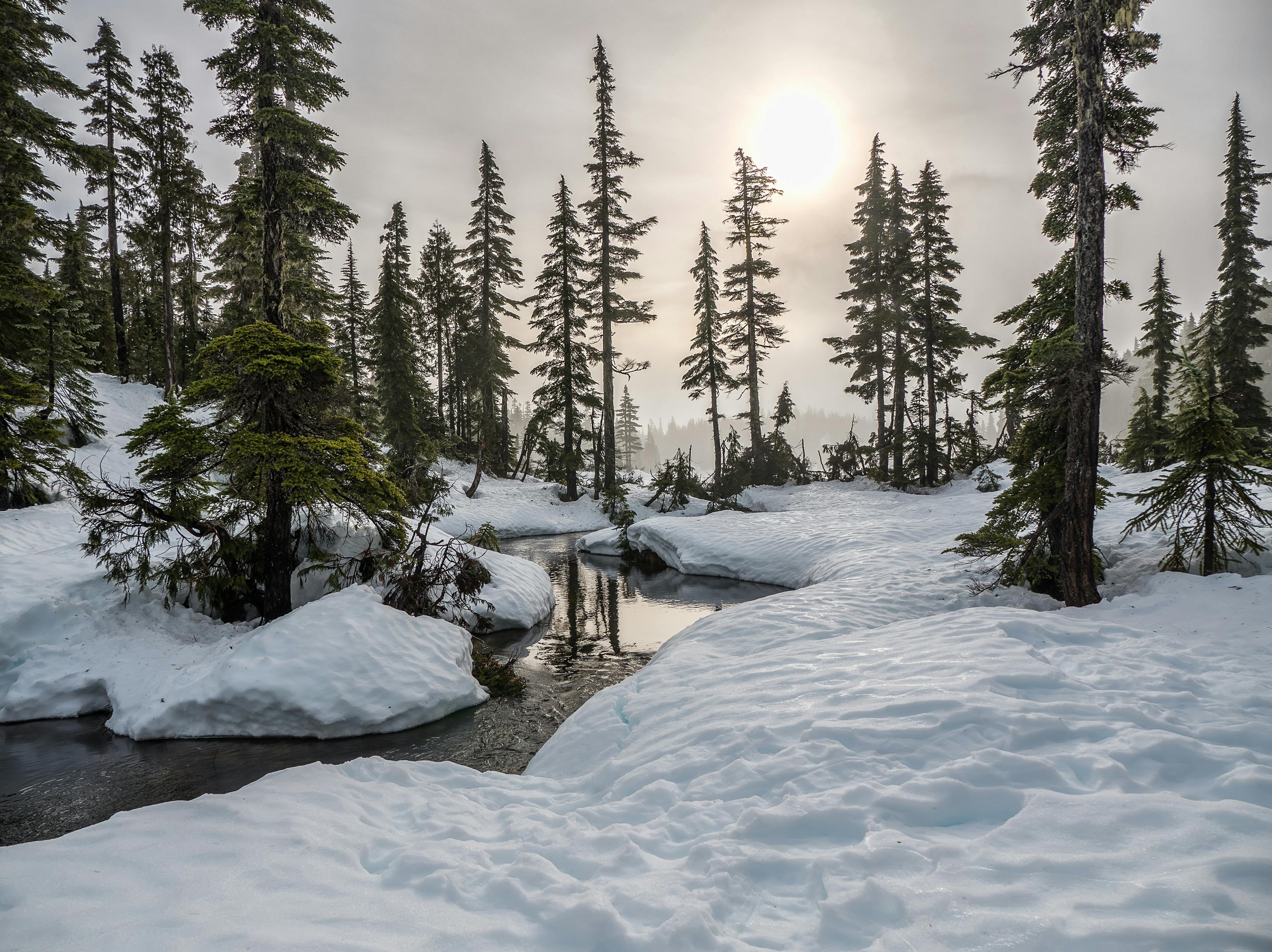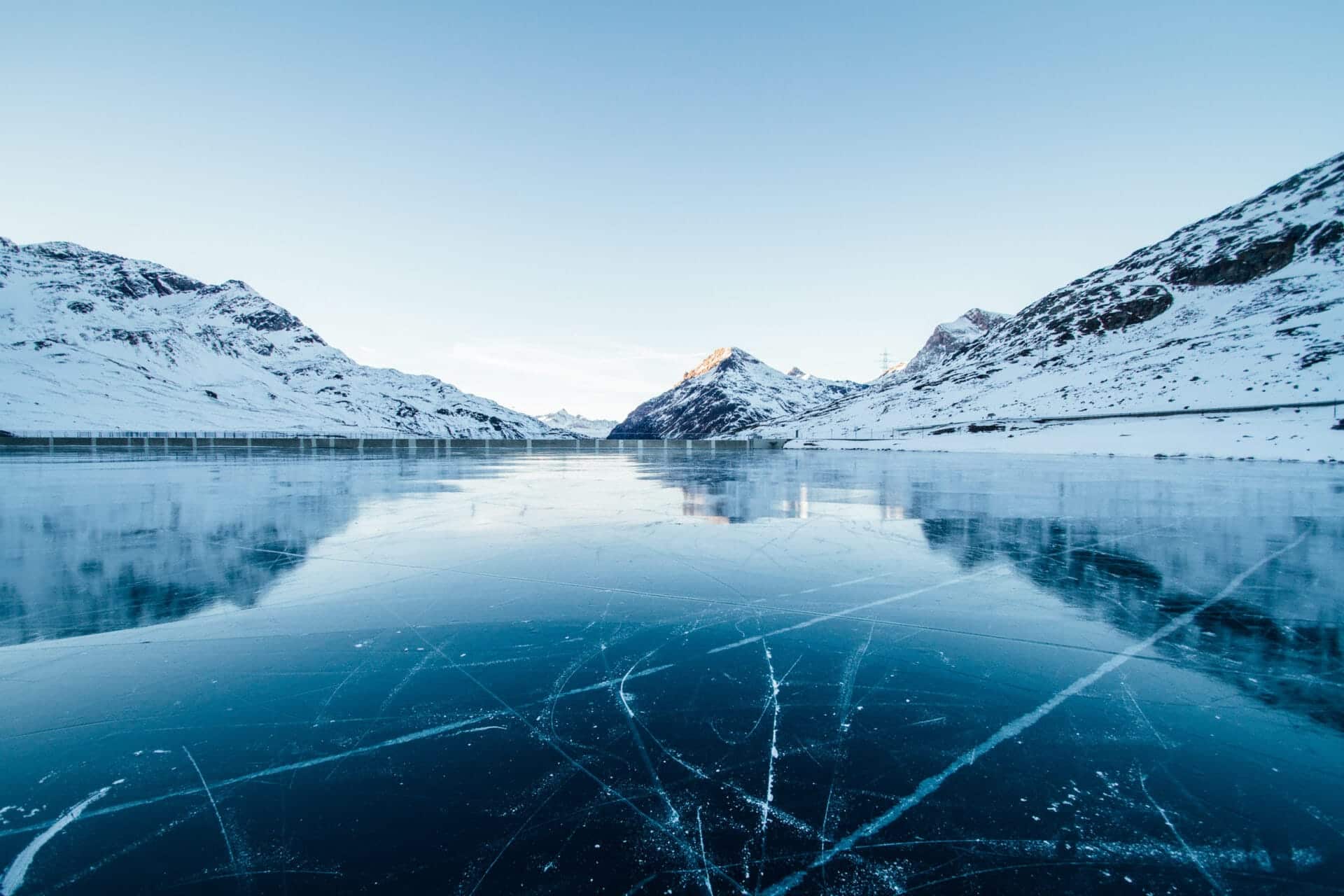Can water pipes freeze underground? This is a question that many homeowners and businesses may have as they experience cold temperatures during the winter season. While it may seem like an unlikely occurrence, it is possible for water pipes to freeze underground. In this article, we will discuss the factors that can contribute to freezing water pipes underground and provide tips on how to prevent and thaw frozen pipes.Underground water pipes can freeze when the surrounding soil temperature drops below freezing, causing the water in the pipes to freeze as well. This can happen during periods of cold weather, especially if there is inadequate insulation around the pipes or if the pipes are exposed to cold winds. Poor drainage around the pipes can also cause them to freeze due to water that accumulates, resulting in a loss of insulation. In addition, frozen blockage in a pipe caused by debris can reduce or completely stop the flow of water, making it more vulnerable to freezing.
Is It Possible for Underground Water Pipes to Freeze?
Yes, it is possible for underground water pipes to freeze. When temperatures drop low enough, the water inside of the pipe can become frozen and unable to flow. This can cause severe damage to the pipe and potentially disrupt services if not taken care of. Freezing temperatures can also cause the pipes themselves to crack or break, resulting in a costly repair or replacement job.
The risk of frozen pipes increases when temperatures drop below freezing for prolonged periods of time. If a pipe is buried too shallowly or in an area of inadequate insulation, it is more likely to freeze. Pipes that are exposed to strong winds, such as those near outdoor faucets or on exterior walls, are also more susceptible to freezing.
Homeowners can help prevent their pipes from freezing by insulating exposed pipes with foam insulation or other material that will help keep heat in. They should also make sure their outdoor faucets are properly insulated and turned off during winter months. Additionally, they should make sure there are no gaps in the insulation around their water lines that could allow cold air inside and put their pipes at risk of freezing.
If a homeowner suspects that their underground water pipe has frozen, they should contact a plumber immediately as this could be an expensive repair job. The plumber will be able to identify where the frozen section is located and safely thaw out the pipe without causing further damage. In some cases, an entire section of pipe may need to be replaced if it has cracked due to extreme cold temperatures.
Overall, it is possible for underground water pipes to freeze during cold weather periods if adequate precautions are not taken by homeowners. Taking steps such as insulating exposed pipes and turning off outdoor faucets can help reduce the risk of frozen pipes and save homeowners from costly repairs down the line.
What Temperatures Cause Underground Water Pipes to Freeze?
Underground water pipes can freeze when temperatures fall below 32 degrees Fahrenheit, or 0 degrees Celsius. This can be a major problem for those who rely on these pipes for their water supply, as the freezing water can cause the pipes to burst and lead to costly repairs.
The exact temperature at which an underground pipe will freeze depends on a variety of factors, including the type of pipe material, the size of the pipe, and the surrounding soil conditions. Generally speaking, metal pipes are more likely to freeze than plastic ones due to their greater conductivity. Additionally, larger diameter pipes are less likely to freeze than smaller ones due to their greater flow capacity and reduced surface area exposed to cold temperatures. Finally, soils with higher moisture content or lower thermal conductivity (such as clay) are more likely to insulate pipes from cold temperatures than soils with lower moisture content or higher thermal conductivity (such as sand).
The best way to prevent freezing of underground water pipes is by using insulation or other methods of heat conservation. Insulation materials such as foam wrap, bubble wrap, and fiberglass insulation can be applied directly onto the exterior surface of a buried pipe in order to reduce heat loss from the pipe into its surroundings. Additionally, heat tape or heating cables can be wrapped around underground pipes in order to provide a constant source of warmth and keep them from freezing over during cold winter months.
Preventing Underground Water Pipes from Freezing
One of the most common issues during winter months is frozen water pipes. If your water pipes are located underground, they can be especially susceptible to freezing temperatures. Fortunately, there are a few steps you can take to help protect your underground pipes from freezing.
Insulate Exposed Pipes
If you have any exposed water pipes that are located outdoors or in unheated areas like basements or crawl spaces, it is important to insulate them with foam insulation or pipe sleeves. This will help keep the pipes warm and protected from cold weather.
Check for Leaks
It is also important to check all of your underground water lines for any leaks or cracks throughout the year that could allow cold air into the pipe and cause it to freeze. If you notice any leaks or damage, it is important to repair them right away.
Allow Heat Transfer
If possible, you should also try to ensure that there is some heat transfer between the indoor air and your underground water lines by making sure they are close together and not in direct contact with cold soil or snow. For example, if you have an outdoor faucet connected to an underground pipe, you should make sure the faucet is insulated and that there is space between it and the soil for heat transfer.
Install Heating Cables
Finally, if all else fails, you may want to consider installing heating cables around your underground pipes as a last resort. Heating cables can be used to provide extra insulation and warmth during extreme temperatures so that your pipes do not freeze. However, this should only be done as a last resort since heating cables can be expensive and require ongoing maintenance throughout the year.
Consequences of Frozen Underground Water Pipes
The consequences of frozen underground water pipes can be far-reaching and serious. In the worst case scenario, when the temperatures drop severely enough, the pipe can burst due to the pressure of the expanding ice. This can cause flooding and costly damage to property and landscaping, as well as disruption of water supply to homes and businesses. If it is not detected quickly enough, this kind of damage can also lead to mold growth, further compounding the problem.
In addition to potential flooding and mold issues, a frozen underground water pipe may cause low water pressure throughout a home or business. This is because even if only one section of pipe is frozen, it can prevent water from being able to flow through it freely. If a large portion of an underground pipe system is frozen, then it could result in no water supply at all – making it impossible to use any fixtures or appliances that require running water.
Finally, trying to repair a frozen underground water pipe can be difficult and expensive due to the need for specialized equipment and expertise. In some cases, a professional plumber may need to be brought in who will have access to tools such as thermal cameras that detect areas where ice has formed in order for them to make repairs safely and effectively. This can add significantly to the cost of dealing with a frozen underground water pipe issue.
Overall, frozen underground water pipes are something that should not be taken lightly – as they can lead not only to costly damage but also disruption of service that could last for days or weeks until repairs are complete. It’s important for homeowners and businesses alike to take preventive measures against freezing temperatures so they don’t have to face these unwanted consequences down the line.

Detecting a Frozen Underground Water Pipe
If your underground water pipe has frozen, it can be difficult to detect the issue. Depending on where the pipe is located, you may have to rely on other indicators that something is wrong. One of the most common signs of a frozen water pipe is when your water pressure drops. This can be due to the fact that the water in the line has frozen and no longer flows through. If you observe a decrease in your water pressure, it is likely that your underground water pipe has frozen.
Another sign that your underground water pipe may have frozen is if ice begins to form around it or if there are signs of flooding around where the pipe runs. In extreme cases, the ground may even become cracked or heaved from the pressure of expanding ice within the line.
In order to tell for sure if your underground water pipe has frozen, you will need to contact a professional plumber who can use specialized equipment to check for any blockages in the line. The plumber will also be able to inspect any exposed sections of pipe for ice formation and advise you on what steps should be taken next in order to thaw out and repair any damaged areas.
What Should I Do If My Underground Water Pipe Freezes?
If your underground water pipe freezes, the first step is to turn off the main water valve and contact a plumber. It is important to take this step as soon as possible to avoid any further damage from occurring. A plumber will be able to assess the problem and provide a solution.
The plumber may recommend that you use heat tape or insulation material to help keep the pipe warm. This material should be wrapped around the entire length of the pipe and secured with tape or clamps. Once it is in place, it should be inspected periodically during cold weather conditions to ensure that it is working properly.
In some cases, it may be necessary to dig up the frozen pipe and replace it with a new one. This can be a costly endeavor but may be necessary in order to prevent further damage from occurring. In addition, replacing the pipe may also help reduce potential future problems with freezing pipes due to improved insulation and materials used for the new line.
If your underground water pipe has frozen, taking these steps will help you prevent any further damage from occurring and get your water back on as quickly as possible. Be sure to contact a professional if you are unsure of what steps you should take or if you are unable to complete any of them on your own.
Thawing a Frozen Underground Water Pipe
Frozen underground water pipes can be a major problem during the cold winter months, as they can cause a disruption in water service and lead to expensive repairs. The best way to thaw a frozen underground water pipe is to start by locating the pipe. If the pipe is exposed above ground, then it should be easy to identify. If it is buried underground, then you may need to call a professional plumber for assistance in finding and accessing the pipe.
Once you have located the frozen water pipe, the next step is to begin thawing it out. This can be done by applying direct heat to the exposed portion of the pipe using an electric heating pad or similar device. You should wrap the heating pad around the exposed portion of the pipe, making sure that it is secured tightly so that it does not move or slip off while in use. You may need to leave the heating pad in place for several hours in order to completely thaw out the frozen water pipe.
In addition to direct heat, you may also consider using hot water or steam applied directly onto the frozen section of pipe in order to help speed up thawing time and reduce damage caused by freezing temperatures. It is important to use caution when doing this, as boiling water or steam can cause additional damage if not done carefully. Once all of the ice inside of the frozen water pipe has melted, then you should be able to restore your water service and avoid costly repairs due to bursting or leaking pipes caused by freezing temperatures.
If these methods do not work properly or if you are unable to locate and access your frozen underground water pipes on your own, then it may be necessary for you to call a professional plumber for assistance. A plumber will be able to assess your situation and determine what steps need to be taken in order to safely thaw out your frozen pipes without causing any further damage or disruption in service.

Conclusion
Water pipes can freeze underground if the temperatures of the ground and water are both low enough. It is important to know the temperature of both the ground and water in order to avoid pipe freezing. Having a proper insulation system in place is essential for preventing pipe freezing. Additionally, it is important to be aware of the environmental conditions that could lead to pipe freezing. Taking these steps will help ensure water pipes remain safe and functioning in cold weather conditions.
It is also essential to be prepared to thaw out any frozen pipes that may occur. Utilizing heat tape or hot air guns can help thaw out frozen pipes quickly and efficiently. However, having proper insulation systems in place can help prevent any pipe from freezing due to cold weather conditions. All in all, understanding how water pipes work and behave in cold weather conditions can help protect them from freezing underground and save property owners from costly repairs.

